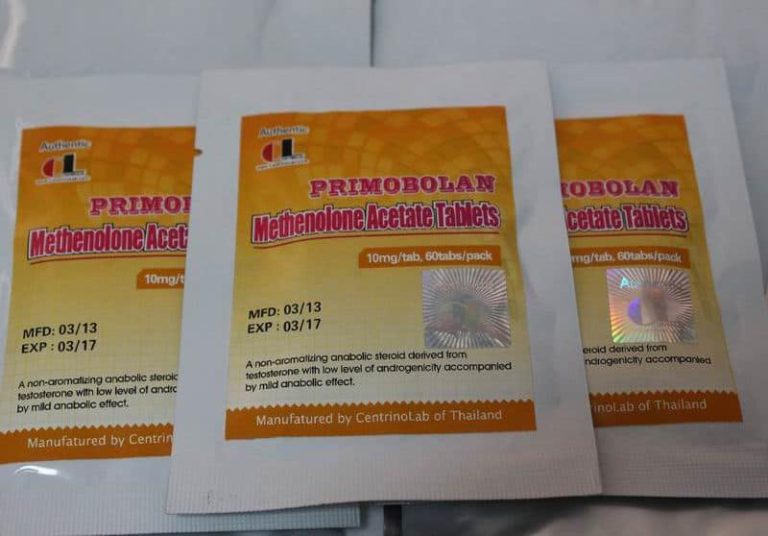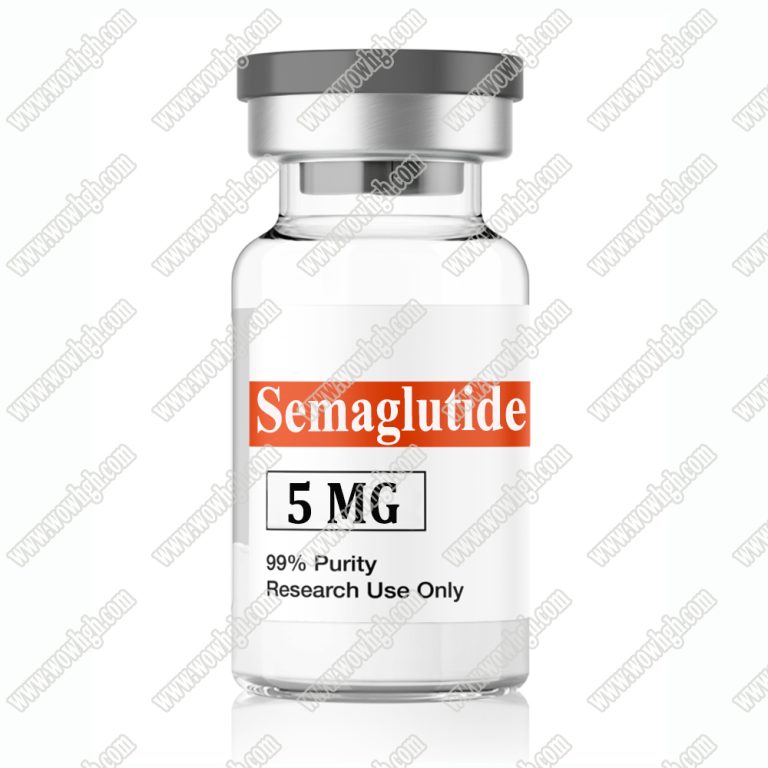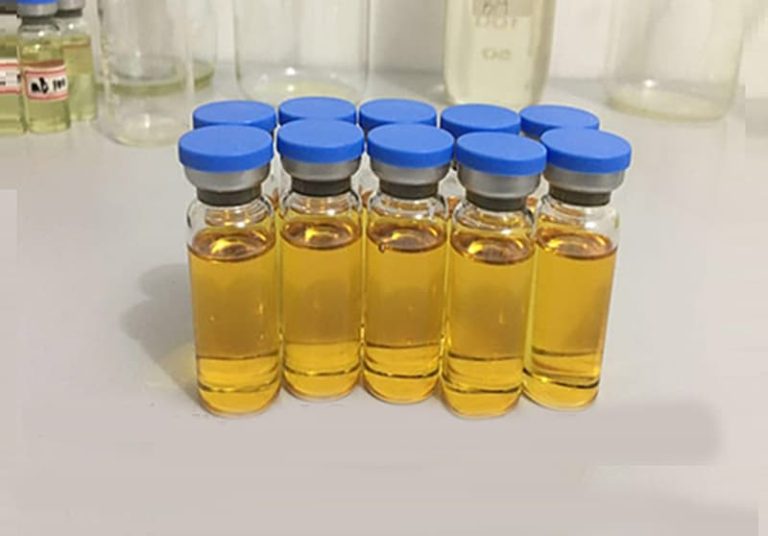Peptides, short chains of amino acids, are vital biological molecules that play a key role in cellular communication and protein synthesis. Their ability to signal and regulate various bodily functions makes them indispensable across multiple industries, including skincare, healthcare, and fitness. From promoting youthful skin to aiding in muscle recovery, peptides have emerged as a cornerstone of modern science and wellness solutions.
In today’s market, peptide products are gaining significant traction due to their targeted benefits and versatility. Whether used in anti-aging creams, dietary supplements, or cutting-edge medical treatments, peptides offer innovative ways to address health and beauty concerns. As consumer demand for effective, science-backed solutions grows, the importance of peptide-based products continues to rise, shaping industries and improving lives worldwide.
What Are Peptide Products?
Brief Definition of Peptides (Short Amino Acid Chains)
Peptides are short chains of amino acids, the fundamental building blocks of proteins. Typically composed of 2 to 50 amino acids, peptides act as vital messengers within biological systems, playing a critical role in various physiological processes. Their small size allows them to penetrate cells more easily than larger proteins, making them highly effective for targeted therapies and treatments.
Peptides Matter: Cellular Communication & Protein Synthesis
Peptides are crucial for cellular communication, acting as signaling molecules that help regulate numerous bodily functions. They facilitate the transmission of information between cells, influencing processes such as metabolism, growth, and repair. Additionally, peptides play an essential role in protein synthesis, the process through which cells generate new proteins necessary for tissue repair, immune function, and overall health. This dual functionality makes peptides indispensable for maintaining bodily homeostasis and promoting healing and rejuvenation.
Primary Industries Using Peptides: Skincare, Supplements, Medical Research
Skincare: In the cosmetics industry, peptides are celebrated for their ability to enhance skin elasticity, reduce wrinkles, and promote hydration. Products like serums, creams, and masks enriched with peptides target signs of aging and environmental damage, offering a non-invasive solution for youthful-looking skin.
Supplements: The dietary supplement sector has embraced peptides for their potential to improve muscle recovery, boost athletic performance, and support general wellness. Collagen peptides and creatine peptides are among the most popular supplements, known for their benefits in joint health and muscle building.
Medical Research: Peptides are at the forefront of medical innovation, being researched for applications in treating chronic diseases, including diabetes, cancer, and cardiovascular conditions. Their specificity and effectiveness make them ideal candidates for developing novel therapies and vaccines.
Benefits of Peptide Products
Peptide products offer a wide array of benefits that span across health, beauty, and medical fields. Their versatility and effectiveness make them a popular choice for consumers seeking natural yet potent solutions to various concerns. Below are some of the key benefits associated with peptide products.
Enhanced Skin Health
One of the most celebrated uses of peptides is in skincare. Peptides can stimulate collagen production, which is essential for maintaining skin elasticity and firmness. By reducing wrinkles and fine lines, peptides help in achieving a more youthful appearance. Additionally, they can enhance the skin’s ability to retain moisture, leading to improved hydration levels and a healthier complexion. Skincare products containing peptides are often used to address issues like dryness, sagging skin, and uneven texture.
Muscle Growth and Recovery
In the realm of fitness and athletic performance, peptides have shown promising results in promoting muscle growth and accelerating recovery times. Creatine peptides, for example, are known for their ability to enhance physical performance by providing muscles with additional energy during workouts. Furthermore, certain peptides can aid in muscle repair after intense exercise, reducing soreness and improving overall muscle function. This makes peptide supplements particularly appealing to athletes and fitness enthusiasts looking to optimize their training routines.
Therapeutic Applications
The therapeutic applications of peptides are vast and varied. Due to their specificity and efficacy, peptides are being explored as potential treatments for chronic diseases such as diabetes, cancer, and cardiovascular conditions. For instance, peptide-based therapies can target specific cells or proteins involved in disease progression, offering more targeted treatment options compared to traditional drugs. Additionally, peptides are being researched for their role in developing vaccines and other preventive measures against infectious diseases.
Anti-Aging Properties
Beyond skincare, peptides contribute to anti-aging efforts from within the body. Certain peptides can influence hormone production, which tends to decline with age. By regulating hormone levels, these peptides may help mitigate some of the effects of aging, such as decreased energy, muscle mass loss, and cognitive decline. Integrating peptide supplements into one’s routine can thus support a holistic approach to aging gracefully.
Boosted Immune Function
Certain peptides possess immunomodulatory properties, meaning they can enhance the immune system’s ability to fight off infections and diseases. These peptides can promote the production of white blood cells, improve antibody responses, and modulate inflammatory reactions, thereby strengthening the body’s defenses against pathogens. This benefit is especially significant in today’s world, where maintaining a robust immune system is more important than ever.
Classification and Overview of Peptide Products and Non-Peptide Compounds
Below, the listed products are categorized based on their primary uses and functions. Peptides are grouped by their therapeutic or functional applications, while non-peptide compounds are separately classifid and described.
- Peptide Products: Classification by Functionality
A. Muscle Growth, Fat Loss, and Performance Enhancement
• AOD9604
Use: Stimulates fat metabolism without affecting blood sugar.
Dosage: 200-300 mcg/day, subcutaneous injection.
• CJC-1295 with DAC
Use: Increases growth hormone release for muscle growth and recovery.
Dosage: 1-2 mg/week, subcutaneous injection.
• CJC-1295 without DAC
Use: Similar to CJC-1295 with DAC but requires more frequent dosing.
Dosage: 100-200 mcg every other day, subcutaneous injection.
• GHRP-2 Acetate & GHRP-6 Acetate
Use: Stimulates growth hormone secretion for muscle growth and fat loss.
Dosage: 100-300 mcg per dose, 2-3 times daily, subcutaneous injection.
• Ipamorelin
Use: Selective growth hormone secretagogue for lean muscle mass and fat reduction.
Dosage: 200-300 mcg per dose, 2-3 times daily, subcutaneous injection.
• IGF-1 LR3
Use: Promotes muscle growth, recovery, and cellular repair.
Dosage: 20-50 mcg/day, subcutaneous injection.
• MGF (Mechano Growth Factor)
Use: Enhances muscle repair and hypertrophy post-exercise.
Dosage: 200-400 mcg post-workout, injected into trained muscle group.
• TB500 (Thymosin Beta-4)
Use: Accelerates healing of injuries and reduces inflammation.
Dosage: 2-5 mg/week, divided into 2-3 doses, subcutaneous injection.
B. Anti-Aging and Skin Health
• Epithalon (Epithalamin)
Use: Regulates telomere length and promotes longevity.
Dosage: 5-10 mg/cycle, nasal or subcutaneous administration.
• GHK-CU
Use: Promotes collagen production and skin elasticity.
Dosage: 500 mcg 2-3 times weekly, topical or subcutaneous application.
• BPC-157
Use: Accelerates tissue repair, tendon healing, and gastrointestinal health.
Dosage: 250-500 mcg/day, oral or subcutaneous administration.
• BPC-157 5mg + TB 5mg
Use: Combination therapy for enhanced healing and recovery.
Dosage: As directed by a healthcare provider.
C. Hormonal Regulation and Fertility
• Gonadorelin Acetate
Use: Stimulates LH and FSH release for fertility and hormonal balance.
Dosage: 100-400 mcg/day, intravenous or subcutaneous injection.
• HCG (Human Chorionic Gonadotropin)
Use: Mimics LH to boost testosterone production and support fertility.
Dosage: 500-1000 IU every 3-5 days, subcutaneous injection.
• Triptorelin Acetate/GnRII
Use: Regulates hormone levels in hormone-dependent conditions.
Dosage: Administered as prescribed.
D. Immune Support and Antimicrobial Properties
• LL-37
Use: Antimicrobial peptide that enhances immune function.
Dosage: Topical or systemic use as directed.
• Thymosin Alpha-1
Use: Boosts immune response and antiviral activity.
Dosage: 1.5-3 mg twice weekly, subcutaneous injection.
E. Weight Loss and Metabolic Health
• Semaglutide
Use: GLP-1 receptor agonist for appetite suppression and glycemic control.
Dosage: Weekly injections, starting at 0.25 mg and titrating upward.
• Tirzepatide
Use: Dual GLP-1/GIP receptor agonist for weight loss and metabolic health.
Dosage: Weekly injections, starting at 2.5 mg and increasing gradually.
• 5-Amino-1MQ
Use: Inhibits NNMT to aid in fat loss and metabolic regulation.
Dosage: Oral administration, 50-100 mg/day.
F. Neuroprotection and Cognitive Enhancement
• Selank
Use: Anxiolytic and nootropic peptide for mood, memory, and stress resilience.
Dosage: 200-300 mcg/day, nasal or subcutaneous administration.
• Semax
Use: Enhances cognitive function, focus, and neuroprotection.
Dosage: 300-900 mcg/day, nasal or subcutaneous administration.
2. Non-Peptide Compounds: Classification by Use
A. SARMs and Related Compounds
• GW-501516 (Cardarine)
Use: PPARδ agonist for endurance and fat metabolism.
Dosage: 10-20 mg/day, oral administration.
• LGD-4033 (Ligandrol)
Use: Selective Androgen Receptor Modulator (SARM) for muscle growth.
Dosage: 5-10 mg/day, oral administration.
• MK-677 (Ibutamoren)
Use: GH secretagogue mimicking growth hormone effects.
Dosage: 10-25 mg/day, oral administration.
• RAD140, MK-2866 (Ostarine), Andarine S4, YK11
Use: SARMs for muscle growth and fat loss.
Dosage: Varies by compound; consult guidelines.
B. Synthetic Metabolic Modulators
• SR9009
Use: Rev-Erb agonist regulating metabolism and circadian rhythms.
Dosage: 10-20 mg/day, oral administration.
C. Other Compounds
• Botulinum Toxin
Use: Neuromodulator for cosmetic and therapeutic purposes (e.g., wrinkle reduction, migraines).
Dosage: Administered by a healthcare professional.
• Glutathione
Use: Antioxidant for skin brightening and detoxification.
Dosage: 500-1000 mg IV or oral administration.
• Melatonin
Use: Sleep aid and antioxidant.
Dosage: 1-10 mg/day, oral administration.
Safety & Side Effects of Peptide Products
Peptide products, while beneficial, may pose risks if not used properly. Understanding potential safety concerns, side effects, and precautions is essential for safe and effective use.
Common Safety Concerns
Allergies and Sensitivities
Risk: Peptides can trigger allergic reactions, especially with repeated use. Symptoms may include redness, itching, swelling, or hives at the injection site or systemically.
Examples:
Botulinum Toxin: Rare but severe allergic reactions may occur.
Insulin: Hypersensitivity reactions (rash, swelling) are possible in diabetic patients.
Prevention: Conduct a patch test before full use and consult a healthcare provider if allergies are suspected.
Injection-Related Risks
Infection: Improper injection techniques or unsterile equipment can lead to infections at the injection site.
Tissue Damage: Incorrect needle placement (e.g., into blood vessels or nerves) may cause bruising, nerve damage, or scarring.
Dosage Errors: Overdosing or incorrect administration (e.g., oral vs. subcutaneous) can amplify side effects.
Prevention: Use sterile equipment, follow proper injection techniques, and adhere to prescribed dosages.
Common Side Effects of Peptide Products
The following side effects are associated with specific peptides:
Growth Hormone (HGH) and GH Secretagogues (e.g., GHRP-2, GHRP-6, CJC-1295)
Side Effects: Joint pain, fluid retention (edema), carpal tunnel syndrome, and nerve tingling.
Precautions: Avoid exceeding recommended doses to prevent hormonal imbalances.
Insulin-like Peptides (e.g., IGF-1 LR3)
Side Effects: Hypoglycemia (low blood sugar), muscle pain, and joint swelling.
Precautions: Monitor blood glucose levels and use under medical supervision.
Myostatin Inhibitors (e.g., ACE-031, Adipotide)
Side Effects: Muscle cramps, fatigue, and potential kidney strain.
Precautions: Adverse effects are more common in experimental or non-approved formulations.
Anti-Aging Peptides (e.g., BPC-157, GHK-CU)
Side Effects: Mild gastrointestinal discomfort (BPC-157) or skin irritation (topical use).
Precautions: Patch testing is recommended for topical applications.
Neuroactive Peptides (e.g., Dermorphin, Oxytocin)
Side Effects: Nausea, dizziness, or mood changes (e.g., oxytocin-induced anxiety).
Precautions: Use only under medical guidance, especially for neuroactive compounds.
Immune-Modulating Peptides (e.g., Thymosin Alpha-1, LL-37)
Side Effects: Flu-like symptoms (fever, chills) or injection-site inflammation.
Precautions: Start with low doses and monitor immune responses.
Serious Adverse Events
While rare, some peptides may cause severe reactions:
Botulinum Toxin: Overdose can lead to muscle weakness, difficulty breathing, or paralysis.
Melanotan II (MT-2): Associated with nausea, increased libido, and potential skin cancer risks.
Unregulated Peptides: Products sold without FDA approval may contain contaminants or incorrect dosages, increasing risks.
Precautions for Safe Use
Medical Supervision: Always consult a healthcare provider before starting peptide therapy, especially for injectable products.
Quality Assurance: Purchase peptides from reputable suppliers to avoid contamination or adulteration.
Storage: Store peptides as directed (e.g., refrigeration for liquid formulations).
Allergy Testing: Perform skin tests to identify hypersensitivity.
Avoid Self-Administration: For injectable peptides, consider professional administration to minimize injection-related risks.
Peptide products offer transformative benefits but require careful consideration of safety and side effects. Allergies, injection risks, and dosage errors are key concerns. By prioritizing medical guidance, adhering to protocols, and selecting high-quality products, users can mitigate risks and maximize the benefits of peptides. Always prioritize safety over experimentation, especially with unregulated or experimental compounds.
Peptides Reviews
Peptide products have gained significant traction for their precision and versatility in addressing diverse health and wellness needs. Positive reviews highlight their efficacy in muscle recovery (e.g., BPC-157), anti-aging (GHK-Cu), and metabolic support (Semaglutide), with users praising their targeted action and reduced side effects compared to traditional drugs.
However, concerns persist around unregulated “research peptides,” inconsistent quality, and risks of allergic reactions or improper use. Clinical studies and user feedback emphasize the importance of medical guidance, reputable sourcing, and adherence to protocols to maximize benefits and minimize risks. As peptide science evolves, peer-reviewed research and transparent labeling will be critical to building trust and ensuring these compounds fulfill their transformative potential.
Conclusion
Peptide products represent a transformative class of therapeutics and wellness solutions, offering targeted benefits across healthcare, anti-aging, sports performance, and metabolic health. Their versatility—from promoting tissue repair (e.g., BPC-157) to managing chronic conditions (e.g., Semaglutide for diabetes)—highlights their scientific potential. With ongoing innovations in delivery methods and personalized applications, peptides are poised to redefine preventive and curative healthcare, catering to evolving consumer demands for safe, effective, and natural interventions.
While peptides hold immense promise, their use requires rigorous scientific validation and consumer vigilance. Users should prioritize peer-reviewed research, consult healthcare professionals, and select products from reputable suppliers to ensure safety and efficacy. Future advancements demand continued investment in R&D, particularly for unexplored applications like neuroprotection and longevity. By balancing enthusiasm with caution, stakeholders can harness peptides’ potential while mitigating risks, ensuring they become a cornerstone of modern health and wellness.



